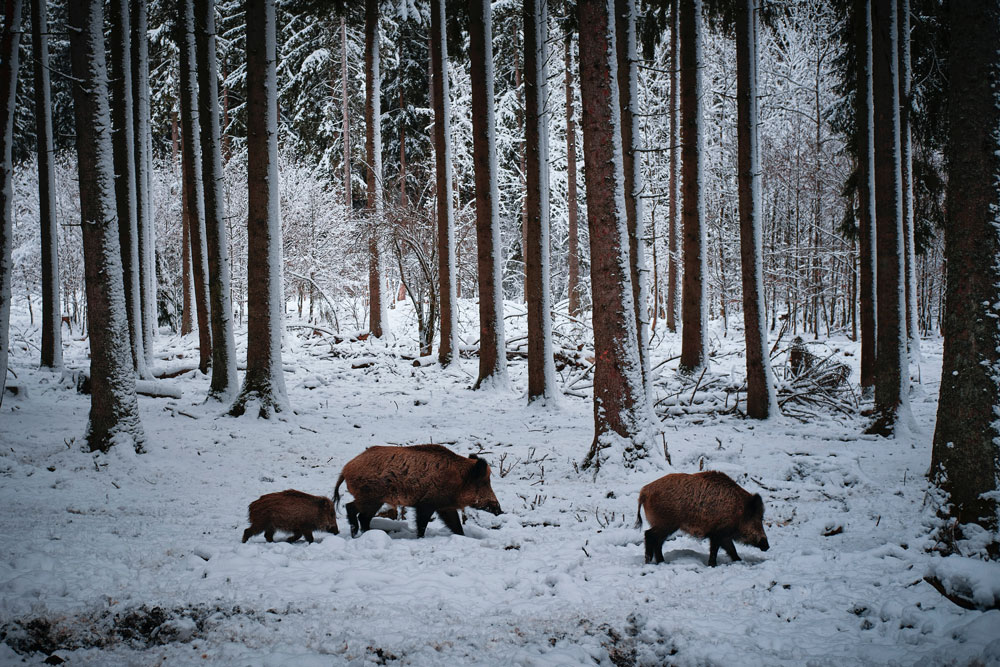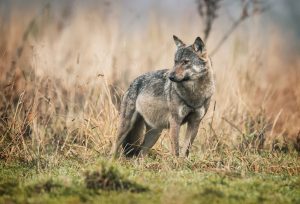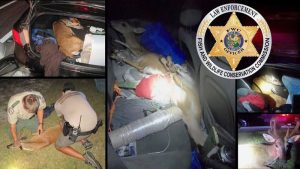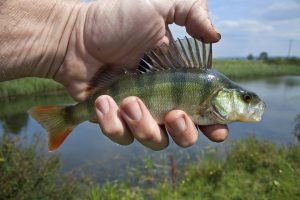We’ve long been trade partners with our neighbors to the North. Aside from hockey players, flannel and lumber, Canada is the third largest exporter of pork on the planet. Since 2020, the U.S. has (legally) imported over 400,000 tons of Canadian bacon and the trend doesn’t seem to be slowing down.
While we’re committed to keeping the legal and free trade of pork and pork related products flowing (bacon shortage anyone?), we are now contending with another illegal crossing issue on our border to the north.
The Emergence of the Canadian Super Pig
Here in America, we’ve been dealing with wild swine since the 1500s but it wasn’t until the 1900s when we brought Eurasian boars into the mix that things got a little hairy. The existing feral pigs and the newly arrived Eurasians wasted no time spreading their seed, resulting in what amounts to the roughly 6 millions wild pigs we have in America today.
Canada, on the other hand, waited a bit longer to stake their claim of the $2 billion in annual damage caused by these imports. It wasn’t until the 1980s when a few Canadian farmers brought in European boars and eventually cross-bred them with domestic populations in an attempt to create larger hogs. The thought was that the larger swine would provide more meat and be better equipped to survive the bitter Canadian winters.
They satisfied that goal until the market all but collapsed about two decades ago and while some managed to escape farms on their own, many were released into the wild.
Why Super Pigs are a Pain in the A**
Since 2000, the footprint of Canada’s newly-minted super pigs has grown to encompass over 600,000 square miles. According to a report from Popular Mechanics, these thicc pigs dine on thousands of acres of farm crops, ducklings, goslings and even whitetail fawns.
With an insatiable appetite and a propensity for travel, these super pigs are making their way south, leaving wildlife biologists and state management agencies scrambling.
The hearty makeup of the Canadian pigs makes them difficult to manage. They were never expected to survive the winter months outside of the cushyness of modern farm life, but to quote Dr. Ian Malcom, life seems to have found a way.
Dr. Ryan Brook, who leads the University of Saskatchewan’s Canadian Wild Pig Research Project, was surprised to find out how well these pigs have adapted to the Canadian landscape, particularly through the winter months.
“That they can survive in such a cold climate is one of the big surprises of this issue. The Prairie Provinces are where we have the coldest winters in Canada except for the very far north,” Brook told Field & Stream. “One of the things they do to survive is tunnel under the snow. They go into a cattail marsh and channel into the soft snow and cut nests in the cattails. If you go early in the morning on a cold day, you can actually see steam pouring out the top of the nests.”
Unlike some parts of our southern border, there’s no raging river keeping would-be escapees at bay. Traversing across unmanned landscapes, Canadian super pigs have already been confirmed in North Dakota. Officials in Montana, Michigan and Minnesota also believe the pigs will arrive across their borders soon – if they haven’t already.
Recreational hunting has only proven to be a band-aid solution to a problem that is quickly spiraling out of control. These pigs have proven smarter than their American counterparts, with sounders dispersing at the first hint of hunting pressure, it can make entire herds go nocturnal and difficult to hunt.
At this point, Brook and many other biologists are asking the public to swiftly report all sightings using the cross-border Squeal on Pigs program.





